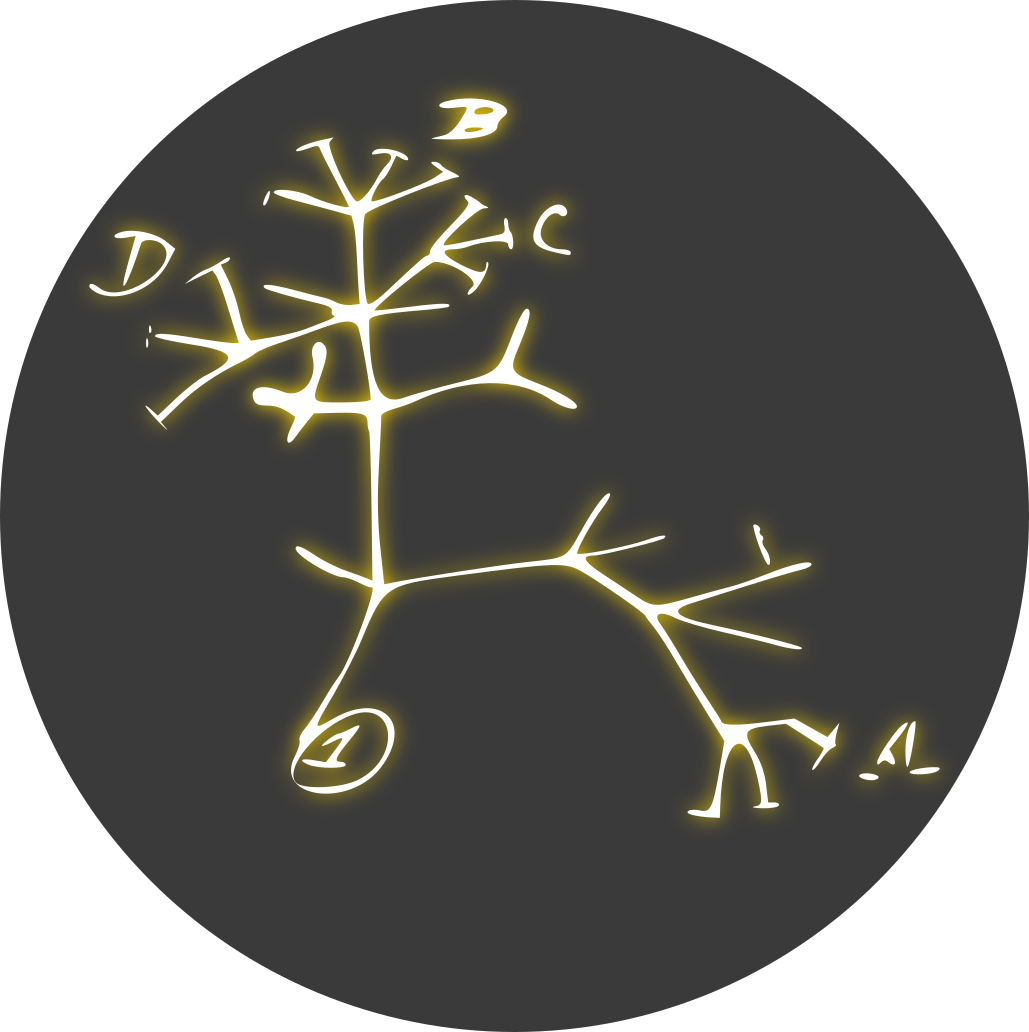

This is in conjunction with their plan to retire the smaller machines in their open plan (and replace them with bigger ones)


This is in conjunction with their plan to retire the smaller machines in their open plan (and replace them with bigger ones)


Education is what remains after one has forgotten what one has learned in school.
– that guy
You need to forget about the details in order to grasp the essence.


Documentation is different from demonstration. Text (with graph or animation interspersed to unpack unintuitive terms) wins for documentation. Video could be good for demo if presented in a no-nonsense manner.
Scale of velocity as well so we have a more complete picture in phase space
The referees who let this slip are either brilliant or lazy (or both, I guess)


Hiw stable is this kind of density? Is it going to shrink over time?


Well, even the picture is in the picture…


You guys do know the affordability of the chips you’re using to comment on this is a direct consequence of TSMC “efficiency”, right?


The offspring of a virgin birth are not exact clones of their mother but are genetically very similar, and are always female.
What’s the source of the difference?
Getting it to make a sound is (probably) easy but realistically emulating piano action would be really hard. Reputable electronic pianos all mimic real piano mechanics to a degree, e.g., the visible portion of an individual key is only a fraction of its entire length in order to give you the “weight” and “speed” of the real key action, which would be hard to reproduce with e.g. a shorter key + spring. A search of “hammer actions” should give you some idea


One idea that captures my imagination is the concept of cyclic inflation – a framework that combines cosmic inflation with the notion of cyclic collapse and expansion, or bounces.
This captivating idea, conceived by former postdoctoral researcher Dr Tirthabir Biswas and myself, suggests that the Universe undergoes infinite cycles of collapse and expansion.
Here’s a link to the good professor’s paper for those interested. As others have already pointed out, cyclic universe as an idea is not new – the paper itself cited refs 11-19 as prior art, the oldest of which dated back to 1931.
The claim the good professor is trying to make is somewhat subtle for any lay person skimming through the article: the novelty of their idea is not cyclicity itself, but rather to combine cyclicity and inflation. To be honest, as a lay person I would have thought a cycle would consist of an inflationary period and a deflationary period, so forgive me for not seeing the point! The following technical statement from the paper perhaps makes more sense:
Thus although cyclic and inflationary models are not mutually exclusive, it is natural to try to attempt to replace inflation altogether with “cyclicity”. In this paper, however, we take a slightly different approach, by exploring whether by embedding inflation in a cyclic universe setting, some of it’s problems viz. (i-iv) can be alleviated. Our main idea is to merge inflation with cyclic cosmology where the universe undergoes an infinite number of cycles before bouncing into a final power-law inflationary phase.
I think the better way to say this is that not only do you get inflation (and deflation) for free within each cycle, but the sequence of cycles is itself inflating – a larger scale inflation modulated by a smaller scale periodic function if you will.
The question now is, of course, is there a “first cycle”, and what happened before it. Why stop there and not have some meta-cycles? That would bring the whole business to a full circle.


Give me a way to physically shut off the microphone (like a camera shield on business laptops), then we will talk.
Strange topics had popped up in my Google feed after l spoke to someone about something I’ve never googled before


Creator already exceeded 100wpm and said it works equally well for random strings iirc.
Not quite sure how to think about the ergonomics though. This is different from steno as each chord only produces one letter, so on average there are nominally more keystrokes than letters produced. Exclusive chording probably also don’t work too well with keywells etc with uneven key heights. Would be interesting to know long term effect regarding comfort/stress


Someone, please, rephrase the title!


Just espresso? Conflict of interest!
/s just in case


Thanks, I think we are actually in agreement here: if you account for the fact that \gamma > 1 in general, then your calculation showed that T' = \gamma T > T, that is, the moving observer in general registers a longer duration T' between the two events than the clock at rest (T). I was just taking a shortcut when I said this should follow from X' != 0 (the -\gamma v T in your calculation).
Also, thanks for the imagery of aliens taking earth for a joy ride. This might be how we are saved when the sun dies.
Edit: I think we agree on both accounts as the twin paradox is also the only way I can rationalize the original claim (even said so in my first reply)


Hey, you seem to have a better understanding of the stuff, so perhaps you could point me in the right direction? Here’s my confusion: Let’s say at the inception of the earth, a clock started ticking (event 1), and let’s count earth’s age as up to the moment I made the post right next to that same clock (event 2). By special relativity (so obviously ignoring gravity etc), the interval between the two events is s^2 = t^2 - x^2 where t is the time elapsed on the clock, and x = 0 is the distance traveled by the clock in its own frame (earth’s frame), which is zero. For an observer moving at a constant speed relative to earth, the clock has moved, so x' != 0 (using ' for the moving frame), but the interval s is the same in both frames, so the time elapsed in the moving observer’s frame, between the same two events, must be greater than on the earth clock, t'^2 = s^2 + x'^2 > s^2 = t^2. In other words earth appears older (as measured by the relative time between the said two events) to the moving observer than to someone living on earth. This is where my comment about “two points in time” come from: without the spatial information, I wouldn’t be able to compare different relative times and pick its maximum.
I’m obviously not an astrophysicist and not familiar with the “well understood facts by astrophysicists” of maximum relative time/space. I suspect from your comment that my interpretation of “relative time” is wrong, but if you could point me to some accessible references, that would be very much appreciated!


I’m not an astrophysicist nor a relativity theorist, but this makes absolutely no sense… The article writes,
When we say that the Earth is 4.5 billion years old, technically we mean 4.5 billion years is the maximum amount of relative time any thing could have experienced since the Earth was formed.
If by “Earth is 4.5 billion years old” it means the time lapse as experienced on earth – in other words, as measured by a clock on earth, then the clock is in the rest frame and therefore measures the shortest possible time duration among all clocks in other (moving) inertial frames, not “the maximum amount of relative time” (special relativity). I think the author is confusing this with the twin paradox where the traveling twin ages slower. The talk of
There is a maximum amount of relative time that can be experienced between any two points in time (no time dilation). There is a maximum relative distance between any two points in space (no length contraction)
is also troublesome – what is even “two points in time (no time dilation)”? One should instead be talking about two events and their space-time coordinates
I come from Microsoft sculpt where the wrist rest is built to raise your wrist higher than the finger tips (reverse tilting). If you bend your wrist down (i.e. toward the desk), then your fingers naturally curl down, whereas if you raise your wrist up (like on the MS natural), then your fingers are naturally more extended. From an ergonomics perspective, it is better to have your wrist neutral or slightly raised than to have them bent down. In that case, the top row typically requires less effort than the bottom row (particularly when reverse tilted). Now whether or not that’s more comfortable also depends on how often do you encounter bigrams like ‘dr’ – or worse, ‘cr’ – on qwerty, where you have to extend index on rows above the middle finger (these are the ‘half’ and ‘full’ scissors, respectively, in layout analyzers). The discomfort of top row index often comes from these type of scissor bigrams and is alleviated when it’s possible to also extend the middle finger slightly at the same time. Curling index finger is a move more independent of middle finger placement (but that doesn’t mean less effort/stress on the tendon, particularly for wrist up folks). In other words it’s possible for a key to both be more comfortable and incur more effort/stress at the same time.
I’m not sure, from the description of your wrist rest arrangement, if you are in the ‘wrist up’ or ‘wrist down’ camp. But certainly for wrist down folks, I can imagine the bottom row being more comfortable for the index.
True that. I’m definitely not promoting “layout of the month” type of thing :D
My first foray into alt layout provided some intuition of what aspects of a layout are important to me personally and how they translate to various metrics. After that I make use of analyzers to evaluate different layouts without physically trying them out. I only transitioned to my current layout after becoming relatively sure – through the analyzers – it’s something I’d stick to. I was mainly talking about this second transition being easier than learning the first one.
Speaking of analyzers, take a look at clemenpine’s keysolve and oxey’s layout playground
There is also an extensive alt layout document compiled by ec0vid.
I do think these two are related although there’s probably some catch with them offering up the bigger ones for free. They are going to announce something right when (or thereabouts) the new EULA is going to take effect is my understanding.